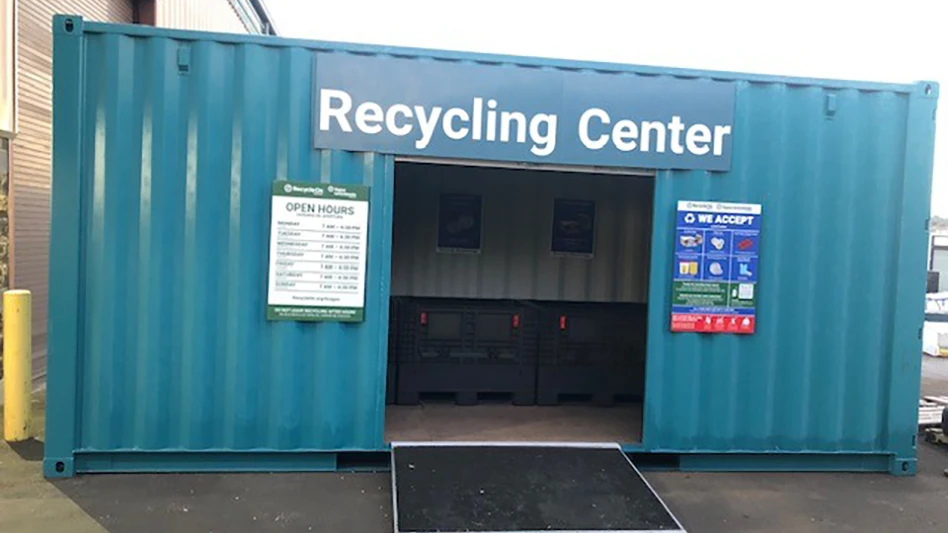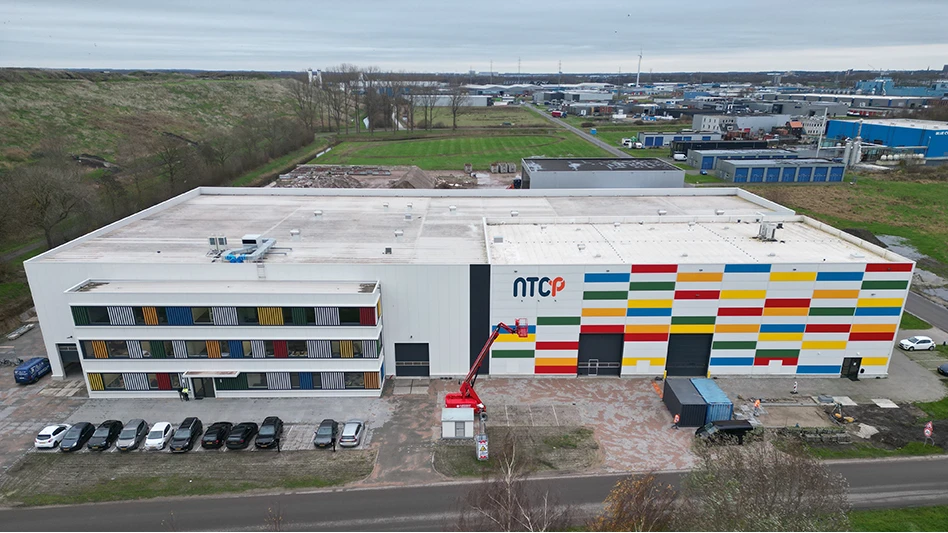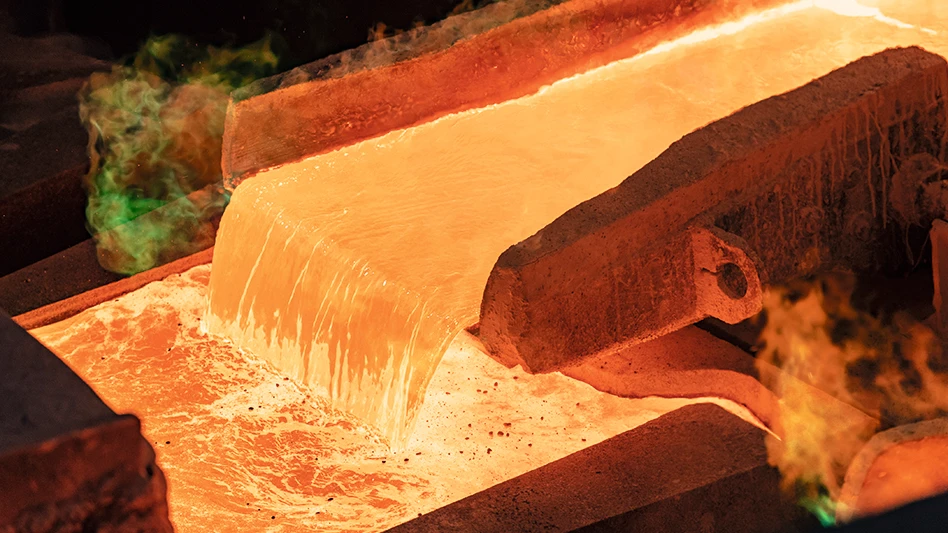
China’s Ministry of Industry and Information Technology (MIIT) reportedly has announced it will shut down aluminum production capacity throughout the nation from mid-November 2018 to mid-March 2019. The nation’s government has taken similar measures in previous winters as part of its effort to reduce winter air pollution.
According to an online report from S&P Global Platts, a Chinese language MIIT announcement stated the “aluminum and alumina sectors will both be required to cut 30 percent or more, while the nonferrous metal melting and carbon sectors must cut output by 50 percent.”
Monthly output statistics in previous winters have revealed that such goals are not always met in China, but such government scrutiny has nonetheless resulted in some scaling back of output in previous winters.
Separately, the Aluminum Insider website has reported that the construction of a sizable proposed alumina smelter in a northeastern Chinese province has been cancelled.
According to the website, residents in Liaoning Province had long expressed opposition to the refinery. The project’s planners were striving for a capacity of 10 million metric tons per year, a scale that would have placed it among the three largest refineries in the world.
The India-based Steel Guru website has an online article reporting the alumina refinery cancellation is one of five in the northern Chinese province that have taken place in early August 2018.
Liaoning Province also has been in the news in 2018 for acknowledging it inflated its gross domestic product (GDP) growth figures when reporting them to the central government from 2011 to 2014. The province and its state-owned enterprises may well be under orders to reign in low-yield and low-return spending ventures.
Latest from Recycling Today
- US Steel to restart Illinois blast furnace
- AISI, Aluminum Association cite USMCA triangular trading concerns
- Nucor names new president
- DOE rare earths funding is open to recyclers
- Design for Recycling Resolution introduced
- PetStar PET recycling plant expands
- Iron Bull addresses scrap handling needs with custom hoppers
- REgroup, CP Group to build advanced MRF in Nova Scotia





